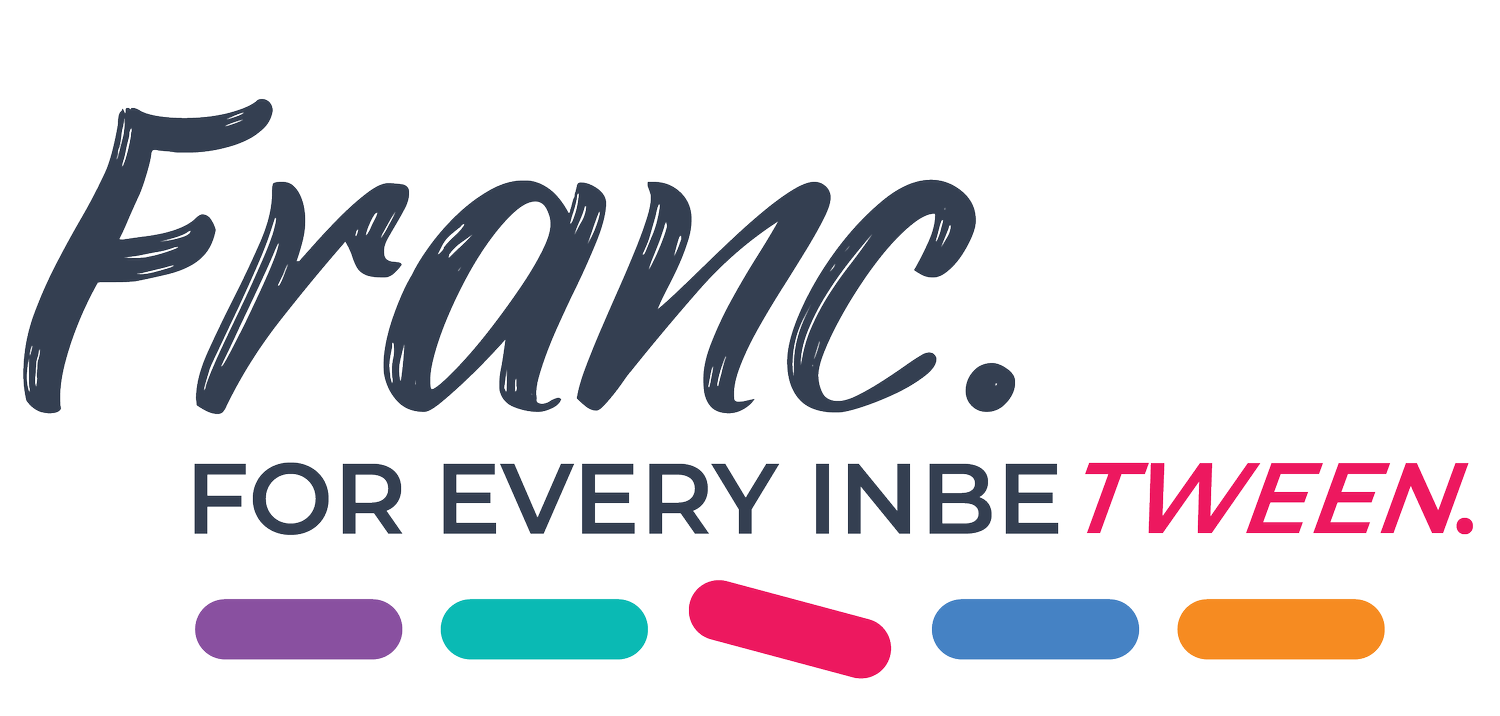Fundamental Movement Skills
With Sam Mathers - the Founder of Fitter Futures - Australia’s Leading Functional Movement Program for Youth.
Why Tweens Need Fundamental Movement Skills – And How to Get Them!
Sadly, over the past 8 years I’ve seen a big decline generally in the physical capability of kids (from the younger years through to teens). Movement that we took for granted growing up is becoming scarcer in an average Tween’s daily life...
When we grew up, it was normal to spend lunch times running around, playing tag, handball, shooting hoops, jumping rope, hanging on monkey bars and doing handstands and cartwheels. If you walk around a lot of playgrounds at lunch time these days, you see less and less of this activity happening.
Because of this decline in general play, we frequently see tweens who have difficulty with co-ordination, balance, skipping and jumping, hopping, running, catching and throwing. Many find simple things like hanging from a bar, or even keeping a tall posture, hard.
Fundamental movement skills and sport skills are most trainable between the ages of 5 and 12 which includes the tween years. From about the age of 8-11 years, our kids develop motor skills and co-ordination more quickly than at other ages. As parents we need to understand that if our kids acquire fundamental movement and basic sport skills before ages 11 (for girls) and 12 (for boys) then they will have an easier time improving skills later in life.
Fundamental sport skills include: agility, balance, co-ordination, speed, jumping, climbing, walking, skating, hopping, swimming, skipping, balance, throwing and catching, dribbling, kicking, and hitting (e.g. hitting a ball).
Here are some movements I recommend you encourage your tweens to do so that they can grow up to be physically capable (and more confident) teenagers:
Jump around – a lot!
Jumping and landing is a fundamental movement skill. It’s also a great way for kids to develop strength and improve bone density. Encourage kids to jump often! Like jumping up onto an object (such as the gutter, or a bench, or a box), and jumping off landing safely in what we call a “motorbike” position (knees bent, back straight and knees stacked over the ankles). If jumping up onto an object, or off an object, start with something low where they can land safely.
Jump for distance. Jump for height. Try tuck jumps and jumping over objects. Get creative! Or use a skipping rope to incorporate jumping.
Skipping
Skipping or jumping rope is an awesome exercise for kids (and adults). It requires co-ordination, is a great cardio exercise. The jumping action is also great for loading the skeleton which helps with improving bone density and building strength. It also stimulates the vestibular system.
Perhaps try doing a daily challenge with your kids, where you both skip for 2 minutes every day and count how many skips you do in that time. Or count how many skips you can do unbroken. It’s also fun to play games with friends using an extra long rope, or to learn new tricks with the rope.
Catch & throw
There are many sports that involve catching & throwing, kicking & dribbling, and hitting balls. Encourage your kids to try as many different sports as they can – the more variety the better.
And if team sports (or sports generally) don’t really excite your child, take the opportunity to throw or kick a ball around in the park, shoot some hoops, or play other ball games they find fun. It will give them the confidence to pick up a ball later in life. You never know – in high school they might want to give a new sport or activity a try that requires hand-eye co-ordination so let’s make sure they have the capability to do that with confidence.
Play on monkey bars & climb
There are lots of physical benefits that come from holding your body weight when hanging. Grip strength, forearm strength, pulling strength and shoulder strength & stability will improve. Climbing and learning to navigate monkey bars are also great for movement problem solving.
Head down to your local park and encourage your kids to try to hang and move along monkey bars. If you are worried about them falling, stay close and ‘spot them’ by keeping your hands around their ribs to give them support if needed.
Climbing trees, or going to indoor climbing centres and ‘ninja warrior’ parks are also a fun way to develop these skills and strength.
Get upside down
Being upside down, like doing a handstand, cartwheel or forward roll helps develop their vestibular system (we could do an entire blog on that) and improves proprioception (i.e. awareness of their body in space). A lot of kids teach themselves these movements, by doing handstands against the wall and cartwheeling on the grass. Gymnastics is a great way to learn these skills. Some gymnastics programs can be very serious and hard core. Unless your child is wanting to be an elite gymnast, I recommend looking around to find a program where the emphasis is on having fun and teaching kids these skills (rather than for the purpose of competing).
Hopefully, you have some ideas about how you might incorporate these fundamental movements and sports skills in your child’s daily life. So go out there, have fun with it, and help set your child up with great movement foundations.
Sam x



